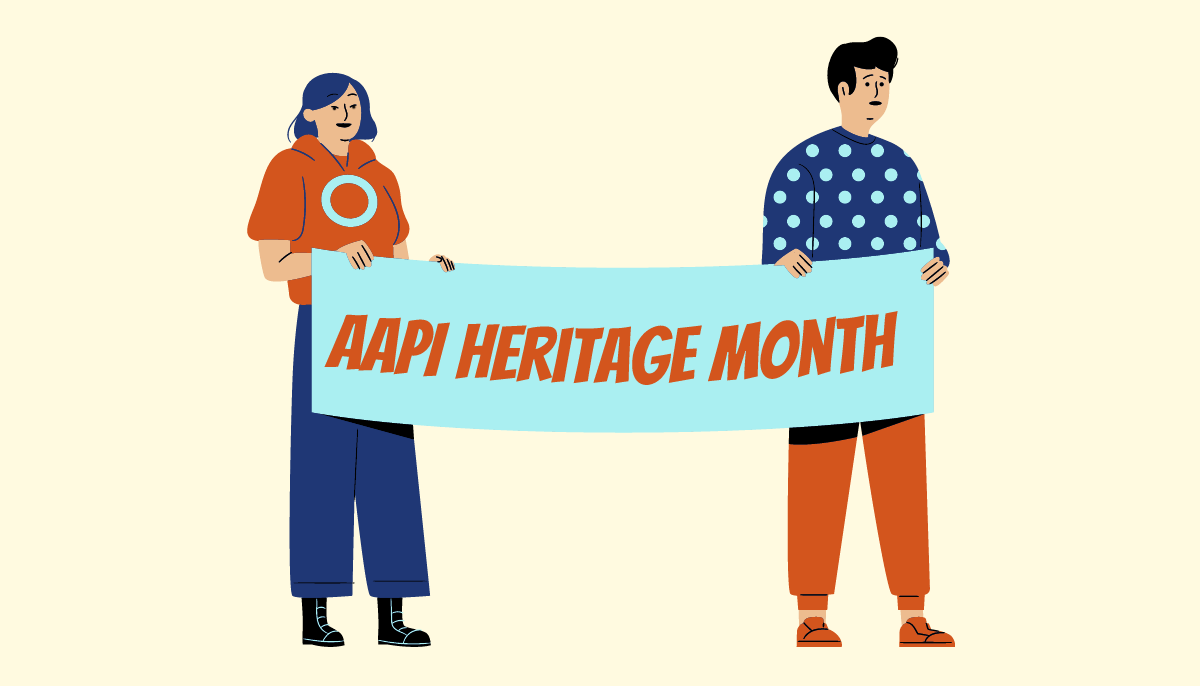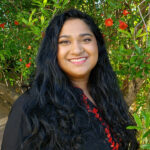This week, just as Asian American and Pacific Islander Heritage Month ends on Wednesday May 31, LGBT Pride month begins on Thursday, June 1. For this last week of AAPI month, we explore stories by and about queer Asian American Buddhists.
In the following four articles, Marissa Wong reveals the experiences of a Gen Z queer Asian American Buddhist, and actor George Takei reflects on his journey as a gay Japanese American Buddhist. Our final two articles examine how to advocate for queer people in our lives, with Judy Yushin Nakatomi revealing how she supports her queer children, while Reverend Kiyonobu Joshin Kuwahara shares the importance of actively creating spaces that are welcoming and safe for queer Buddhists.
As you read these articles, reflect on the following: If you identify as queer, how does your queerness influence your Buddhist practice and ideology? Whether or not you identify as queer, how have you supported the queer people in your lives? The queer Buddhists in your lives? How have you, and how can you, actively welcome and support queer people in your Buddhist communities? How can you encourage your Buddhist spaces and institutions to support queer people in your communities?
-Mihiri Tillakaratne, Associate Editor, Lion’s Roar
I Figured I Would Never Find Another: On Being a Queer Asian American Buddhist
Marissa Wong reflects on her experiences with alienation and community as a queer Asian American Buddhist.
Growing up both Japanese and Chinese, I often felt alienated because I grew up in a majority white town. I also sometimes felt like I was on the outside of my sangha looking in because I didn’t completely fit in there, either. I was raised in the Japanese Jodo Shinshu, or Shin, school of Buddhism and grew up attending the Sacramento Betsuin, where most of the temple members were full Japanese. I felt like I wasn’t as “authentically” Shin Buddhist because of my multicultural identity and because my Chinese family is Catholic. I didn’t have many opportunities to become friends with people of the same age outside of Dharma school because I didn’t live in Sacramento. The other kids my age attended the same schools and were all on the temple basketball team, so I often felt excluded.
George Takei on ‘Being Gay, Being Buddhist’
The actor, author, and undisputed King of Social Media reflects on his fascinating personal history: his childhood and his family’s internment during World War II, his life as a gay man and activist, how far we’ve all come, and why we must press on together.
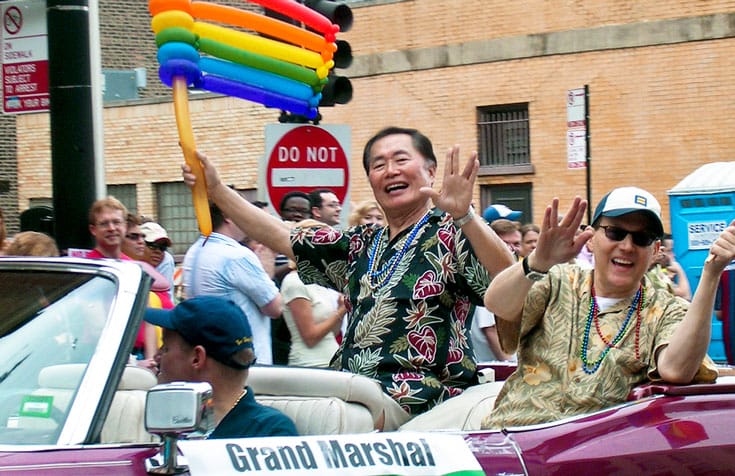
I was born to a Buddhist family — my father was Zen and my mother was Shin, and both were rather casual about it. Before Internment all I remember of Buddhist temples are the funerals and the weddings.
Then the Internment came. It was a very chaotic time. I don’t remember much religion except that my mother had created a tiny altar in our little barrack room.
The Evolutionary Journey of Mothering
Judy Yushin Nakatomi reflects on the evolutionary ride of caring and learning, and protecting that is mothering.
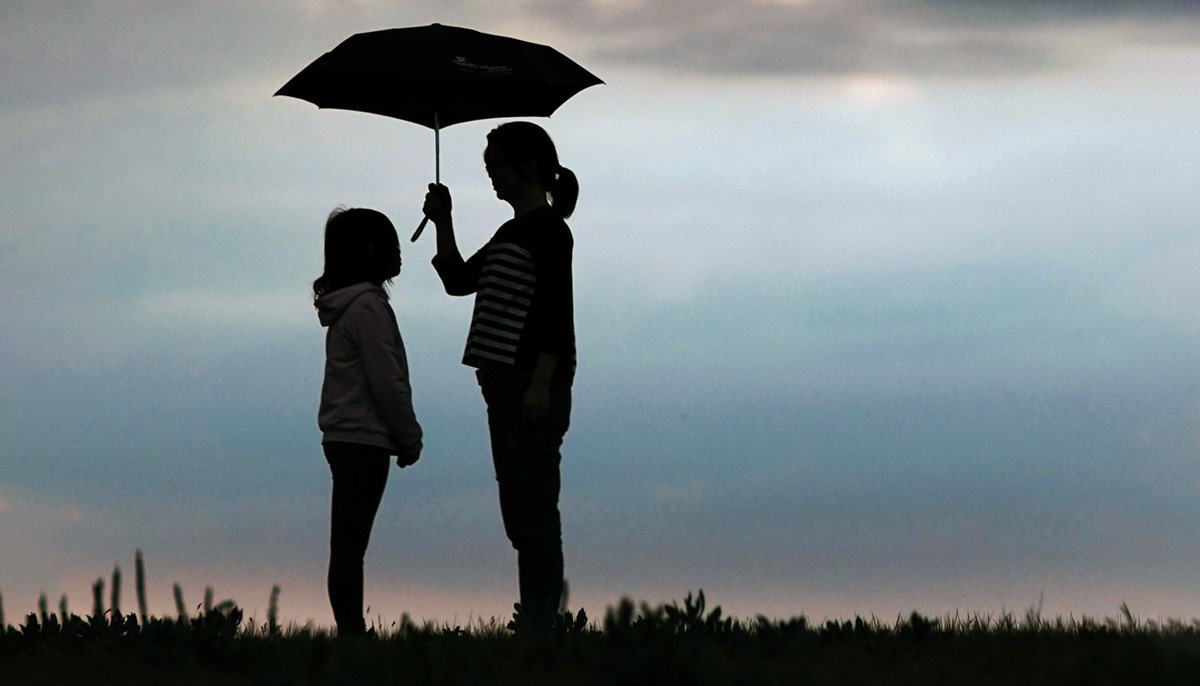
On the evolutionary journey of mothering, I’m practicing imperfectly. As the proud mother of two adult kids, ages 31 and 27 who are multi-ethnic, transfemme and queer, my journey of motherhood has not been a linear one. Both of my children came out separately in their twenties, which didn’t take me by complete surprise. Since they were young, I’ve had an inner knowing they were each on their own journey, and that their paths could take many directions.
Looking back, their interests and choices were more fluid than fixed by any set of “rules” presented to them, which wasn’t always met with approval and acceptance from adults in their lives. Both of my children didn’t align with gender norms or rules in school in their social behavior, choice of activities, hobbies, or friends.
Is My Sangha Inclusive?
When reverend Kiyonobu Joshin Kuwahara asked himself that question, he wasn’t sure of the answer. So he decided to find out.
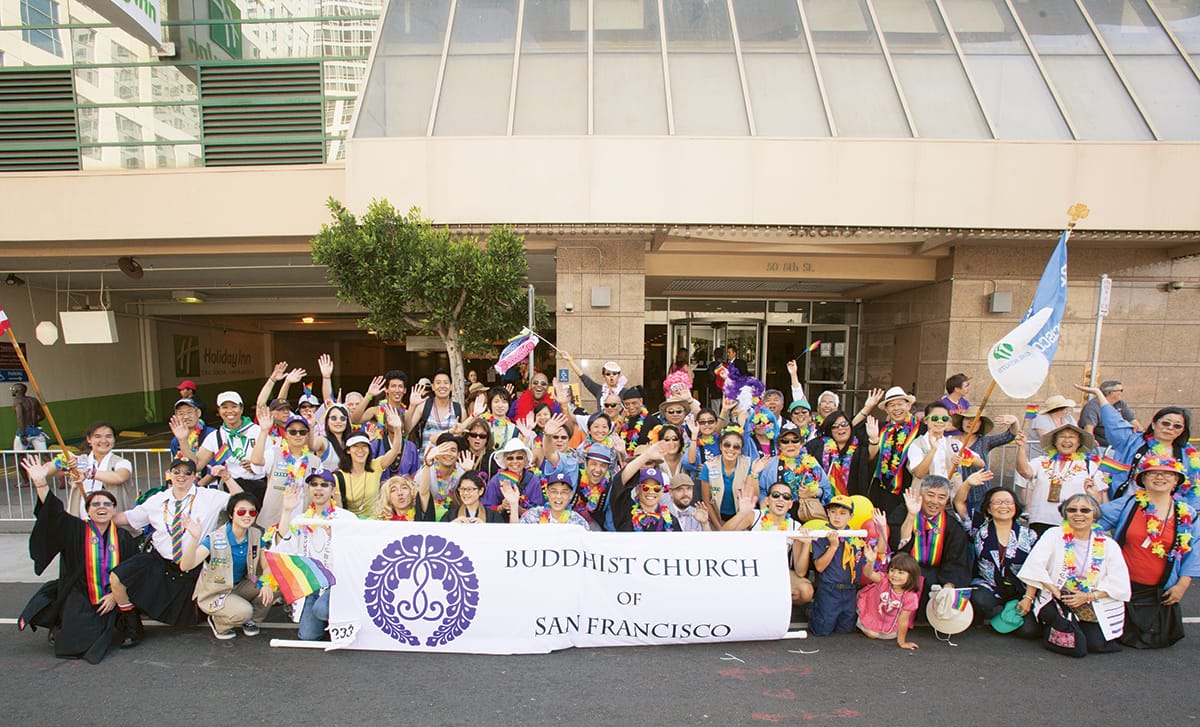
One of the most memorable events of my life was attending the Buddhist Teachers’ Council at the Garrison Institute in New York during the summer of 2011. I am deeply grateful to have had the opportunity to meet so many inspiring teachers from different traditions and to have gained such wonderful insight through group discussions and one-on-one conversations.
A recurring theme of the council was safety— specifically, that a sangha should be a safe place for everyone, especially for those who have experienced exclusion or discrimination.
